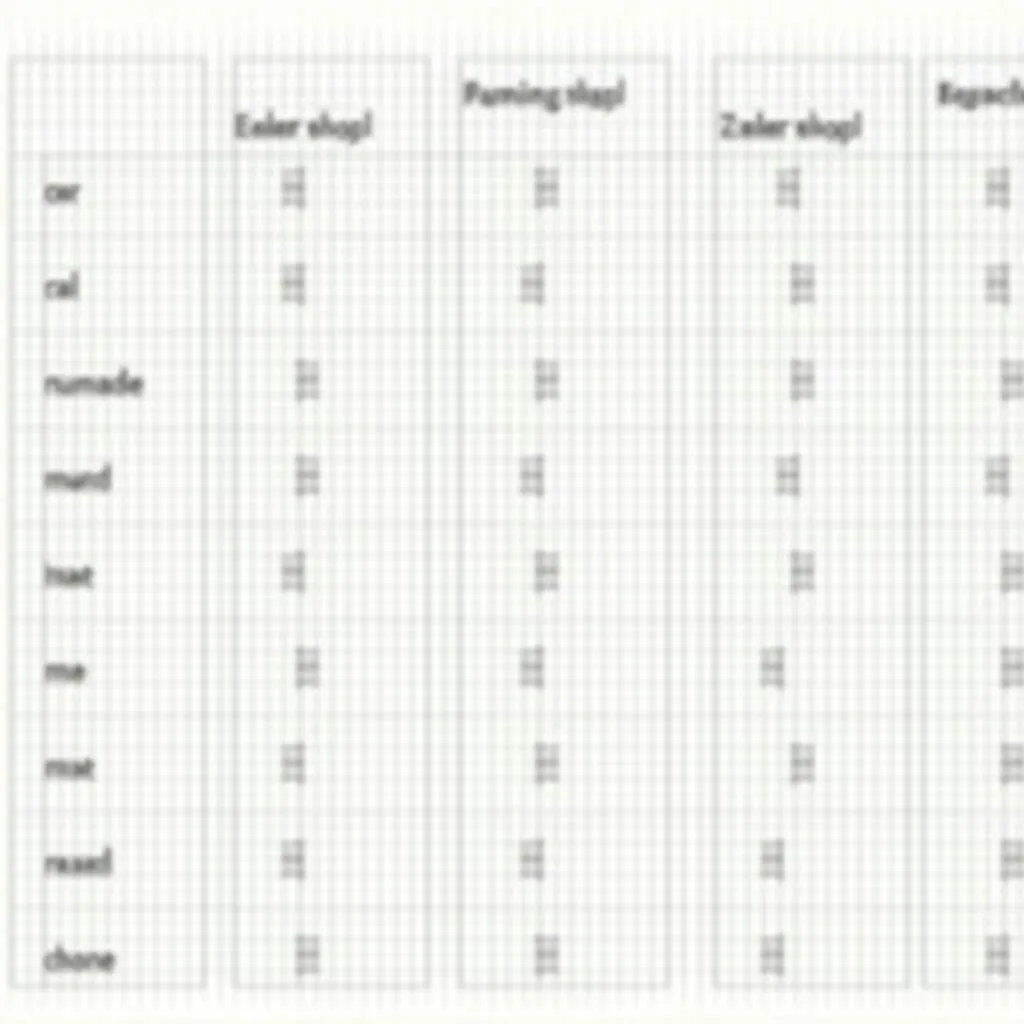Understanding Chart Completion Tasks in IELTS Listening
Chart completion questions are a common task type in the IELTS Listening test. These questions require candidates to fill in missing information on a chart, table, or diagram based on the audio they hear. Mastering this task type is crucial for achieving a high score in the Listening section.
Key Features of Chart Completion Tasks
Chart completion tasks typically involve:
- A visual representation of information (chart, table, or diagram)
- Gaps that need to be filled with specific information from the audio
- A word limit for each answer (usually no more than three words)
Understanding these features is essential for developing effective strategies to tackle this task type.

Strategies for Success in Chart Completion Tasks
1. Familiarize Yourself with Chart Types
Different chart types may appear in the IELTS Listening test, including:
- Bar charts
- Pie charts
- Line graphs
- Flow charts
- Organizational charts
Regularly practicing with various chart types will help you quickly understand the information structure during the test.
2. Predict Possible Answers
Before the audio begins, analyze the chart and predict the type of information needed to complete it. This might include:
- Numbers (e.g., dates, percentages, quantities)
- Names (e.g., people, places, organizations)
- Specific terms or phrases
By anticipating the answer type, you can better focus your listening and identify relevant information more efficiently.
3. Listen for Signpost Words
Pay attention to signpost words that indicate the structure of the information being presented. These may include:
- Sequencing words (e.g., “first,” “next,” “finally”)
- Comparison words (e.g., “however,” “in contrast,” “similarly”)
- Cause and effect words (e.g., “because,” “as a result,” “therefore”)
These words can help you navigate the audio and locate the specific information needed to complete the chart.
4. Practice Active Listening
Develop your active listening skills by:
- Focusing on the overall context of the audio
- Identifying key information related to the chart
- Mentally paraphrasing the information you hear
This approach will help you process and retain information more effectively during the test.
5. Use the Given Information
Pay attention to the information already provided in the chart. This can offer clues about:
- The topic being discussed
- The structure of the information
- Potential answers for the blank spaces
Use this information to guide your listening and narrow down possible answers.
6. Write as You Listen
Don’t wait until the end of the audio to fill in the chart. Write your answers as you hear the relevant information. This strategy:
- Reduces the risk of forgetting important details
- Allows you to focus on upcoming information
- Helps you keep pace with the audio
Remember to write clearly and check your spelling as you go.
7. Be Mindful of Word Limits
IELTS Listening chart completion tasks often specify a maximum word count for each answer. Usually, this is two or three words. To adhere to this limit:
- Listen for concise phrases or terms
- Avoid unnecessary words (e.g., articles, prepositions) unless they’re part of a specific term
- Practice identifying key information that fits within the word limit
8. Review and Double-Check
If time allows at the end of the section:
- Review your answers for spelling mistakes
- Ensure each answer logically fits within the context of the chart
- Check that you’ve followed the word limit for each answer
This final review can help you catch and correct any errors before moving on to the next section.
Common Pitfalls to Avoid
When tackling chart completion tasks, be aware of these common mistakes:
- Overthinking answers: Stick to the information provided in the audio without adding your own interpretations.
- Ignoring word limits: Exceeding the specified word count can result in a marked-wrong answer, even if the information is correct.
- Misspelling answers: Incorrect spelling can lead to lost marks, so practice spelling commonly used terms in your field of study.
- Missing key information due to distraction: Stay focused throughout the audio, as important details can be mentioned at any time.
By being aware of these pitfalls and implementing the strategies discussed, you can significantly improve your performance on chart completion tasks in the IELTS Listening test.
Next Steps for Improvement
To further enhance your skills in chart completion tasks:
- Practice regularly with sample IELTS Listening tests, focusing on chart completion questions.
- Expand your vocabulary, especially terms related to data and statistics.
- Improve your general listening skills by engaging with English-language media, such as podcasts and news broadcasts.
- Time yourself during practice sessions to build speed and accuracy under test conditions.
- Seek feedback from a tutor or study group to identify areas for improvement.
By consistently applying these tips and strategies, you’ll be well-prepared to tackle chart completion tasks in your IELTS Listening test with confidence and precision.